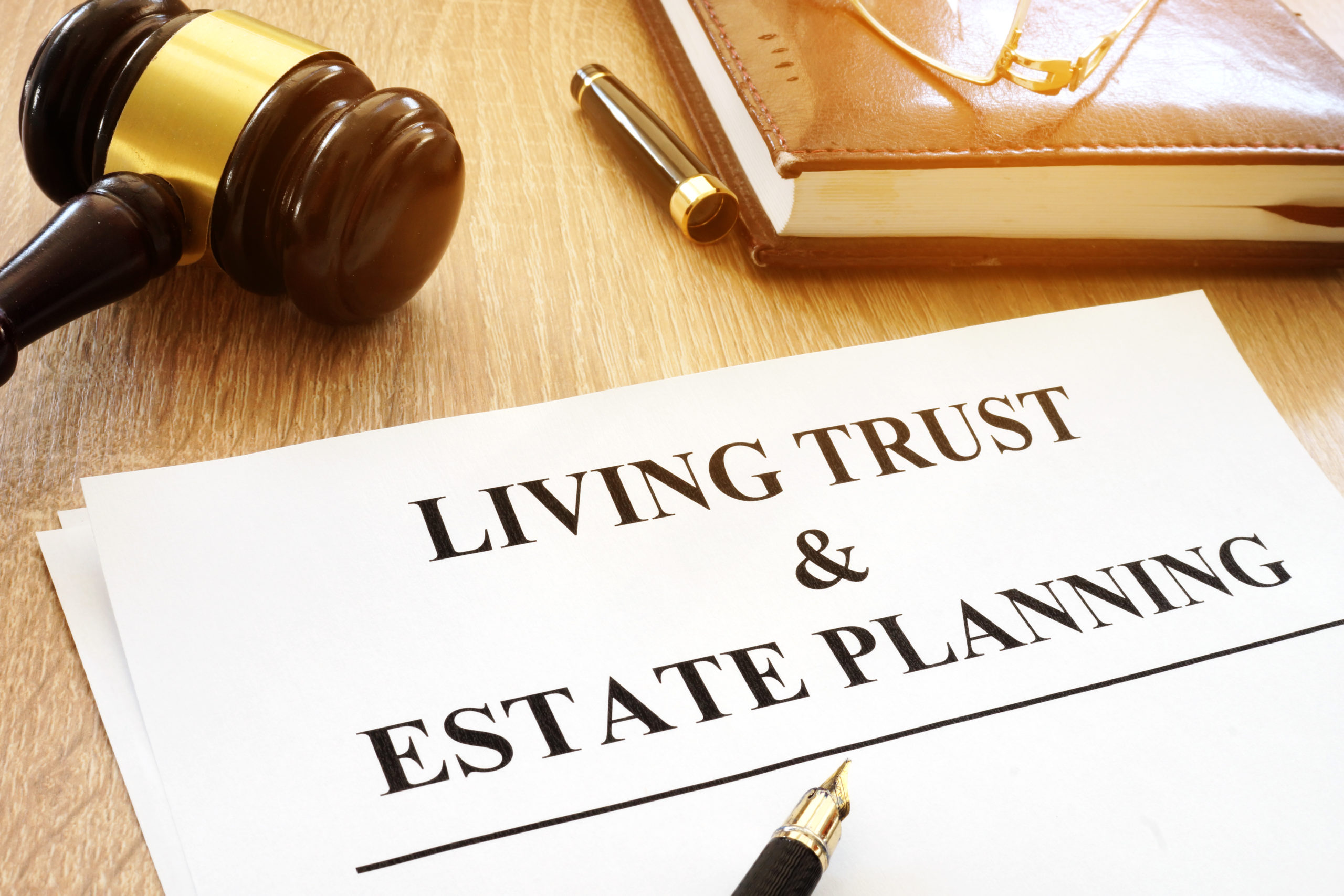As a business owner, you are likely aware that running and maintaining a company can be plagued with hazards and risks. Making a profit isn’t enough; you also need to defend your company from claims and lawsuits. You must deal with debts and mortgage responsibilities to third parties and vendors, claims for damages caused by your staff, product or professional responsibility, and consumer-protection issues, to name a few.
These risks, if not managed appropriately, could result in the loss of both commercial and personal assets. Knowing what risks you face and how to mitigate or prevent them provides you the best chance of running a successful business.
The Value of Asset Protection
An asset-protection strategy drafted with a financial advisor involves legal techniques put in place before a lawsuit or claim develops that can deter a potential claimant or help prevent your assets from being seized after a decision. Don’t put off setting your asset-protection strategy. The longer the plan has been in place, the more powerful it is likely to be.
A complete asset-protection plan’s goal is to prevent or considerably decrease risk by insuring your business and personal assets against creditor claims. Unfortunately, most small-business owners are unaware of all the possible threats to their company and the options available to safeguard themselves.
Separate legal structures or arrangements, such as corporations, partnerships, and trusts, are employed in asset-protection planning. The arrangements that will work best for you are largely determined by the kind of assets you own and the types of creditors who are most likely to file claims against you.
Related: Building an Effective Financial Plan

Internal and External Asset Claims
Internal claims are made by creditors whose remedies are confined to the assets of a certain entity, such as a company. For example, if a corporation owns real estate and someone slips and falls on the business’s land, the injured party is limited to pursuing the corporation’s assets. This presupposes you were not the cause of the harm.
External claims are not restricted to the entity’s assets and can include your personal assets. For example, if the same corporation owned a truck that you recklessly drove into a throng of pedestrians, the injured might sue both the corporation and you, and any judgment may be satisfied from both corporate and personal assets.
Knowing what kinds of claims can be filed will help you plan ahead of time and safeguard your property and wages against seizure. It is also critical to find out from your financial advisor which assets are more vulnerable to claims.
Asset Classes
Because of their very nature, so-called dangerous assets pose a significant risk of responsibility. Rental real estate, commercial property, business assets such as tools and equipment, and motor vehicles are all examples of harmful assets. In contrast, safe assets do not promote a high level of inherent liability. The mere existence of stocks, bonds, and personally owned bank accounts does not imply danger.
Because they entail a low risk, safe assets can often be owned by you personally or by the same business. You do not, however, want to mix harmful assets with other dangerous assets or with safe assets. Some of the best financial advisors insist that separating ownership of harmful assets reduces the risk of loss to the individual asset.
A medical practice, for example, has an obvious, inherent risk of litigation. But did you know that if you own the building where the clinic is located, it may also be considered a risky asset? If you or the same business owns both the profession and the building, liabilities originating from either asset could extend to and include the other, exposing both your livelihood and property to the danger of loss.

Asset-Protection Vehicles That Work
If you own professional practice or firm, your risk of loss and liability for claims is especially substantial, making this a risky asset. Incorporating your business or practice was formerly thought to be the best way to protect your personal assets from liability and seizure as a result of claims against your company. However, the limited liability company (LLC) has quickly surpassed the ordinary business or C corporation as the asset-protection vehicle of choice, as it provides a more convenient, flexible, efficient, and cost-effective alternative to the C corporation while giving the same level of protection.
Because LLCs are subject to individual state law, the filing procedures and protections they provide may vary from state to state. However, for the most part, state law separates the LLC owners and their personal assets from liabilities stemming from LLC activity.
However, in many areas, certain types of business professionals do not have access to all of the protections afforded by the LLC. Professionals, such as doctors, lawyers, dentists, and psychiatrists, to name a few, cannot use an LLC or a company to insulate themselves from liability for claims immediately stemming from their actions or omissions.
If the company entity cannot protect your personal assets, consult your financial advisor and consider putting them in another entity, such as a family limited partnership (FLP), a trust, or an LLC. Even if you are sued personally, at least some of your personal assets are safeguarded under one or more of these corporations, deterring people from pursuing them.
Finally, for professionals or business owners, it is still worthwhile to incorporate as a C corporation or an LLC. While these commercial structures will not insulate you from malpractice claims, they will protect you from the corporation’s financial liabilities unless you personally guarantee the debt. You may also be protected from most other business claims that are not directly related to your professional acts, such as claims by workers, suppliers, landlords, or tenants.
Choosing a Partnership
As a co-partner, you are liable for all partnership debts and actions, regardless of your involvement or awareness. Being a general partner increases your personal assets’ exposure to claims resulting from your business arrangement.
If you are a general partner, you should engage the service of the best financial advisors and protect your personal property in the manner outlined above. Without some form of protection, you could lose everything simply by being associated with the partnership and other partners.
Conclusion
Developing and implementing a thorough asset-protection strategy encompasses nearly every facet of your firm. The plan’s purpose is to safeguard your company’s assets while keeping your operations running smoothly. Through a financial advisor, using honest, legal concepts and entities to protect your business are both permitted and recommended. Extending these goals to deceive other businesses or individuals is not asset protection planning; it is fraud.
Consider hiring an asset-protection professional, such as an attorney or financial advisor near you, to help you create the best asset-protection strategy for you. If you need an Australian financial advisor, reach out to us at Omura, and we’ll be glad to offer your services from our Sydney base, as a financial advisor in Sydney.







